PADRE PIO
Childhood and adolescence
Padre Pio, known as Francesco Forgione before he became a friar, the son of Grazio Maria and Maria Giuseppa Di Nunzio, was born on 25 May 1887 in Pietrelcina (in the province of Benevento, Italy) and the following day was baptized in the Parish Church of Our Lady of the Angels. His childhood, spent quietly in a modest Christian family environment, was not marked by any noteworthy events. However, some precursory signs are not lacking which were to make known throughout the entire world that remote little town in the province of Benevento.
Francesco was barely five years old when he began to cherish the idea of consecrating himself to God for ever, with an impulse of fervour rarely found at that age, and probably without a full awareness of what was involved in such a binding and transcendental act. At this same age the first charismatic gifts and the devil’s first violent attacks occurred: “Ecstasies and apparitions”, one of his spiritual directors testifies, “began in his fifth year, when he had the idea and desire of consecrating himself for ever to the Lord, and these things were continual. When questioned as to why he had hidden them for so long (until 1915) he frankly replied that he had not made them known because he thought such things happened to everyone[ … ]. When he was five years old, the diabolical apparitions also began”.
It was perhaps at the age of eleven that he approached the Eucharistic table for the first time, according to the custom in those days, and on 27 September 1899, with ineffable spiritual joy, he was confirmed (cf. Letter 189).
After the third grade at primary school, his studies suffered an interruption, but were resumed later at a private grammar school as far as third grade. Towards the companions of his own age Francesco was reserved without being peevish. He preferred to withdraw from their company. In the village he was known to all for his exemplary conduct and his attendance, morning and evening at the parish church.
(All from: Padre Pio da Pietrelcina, Letters I, Biography)
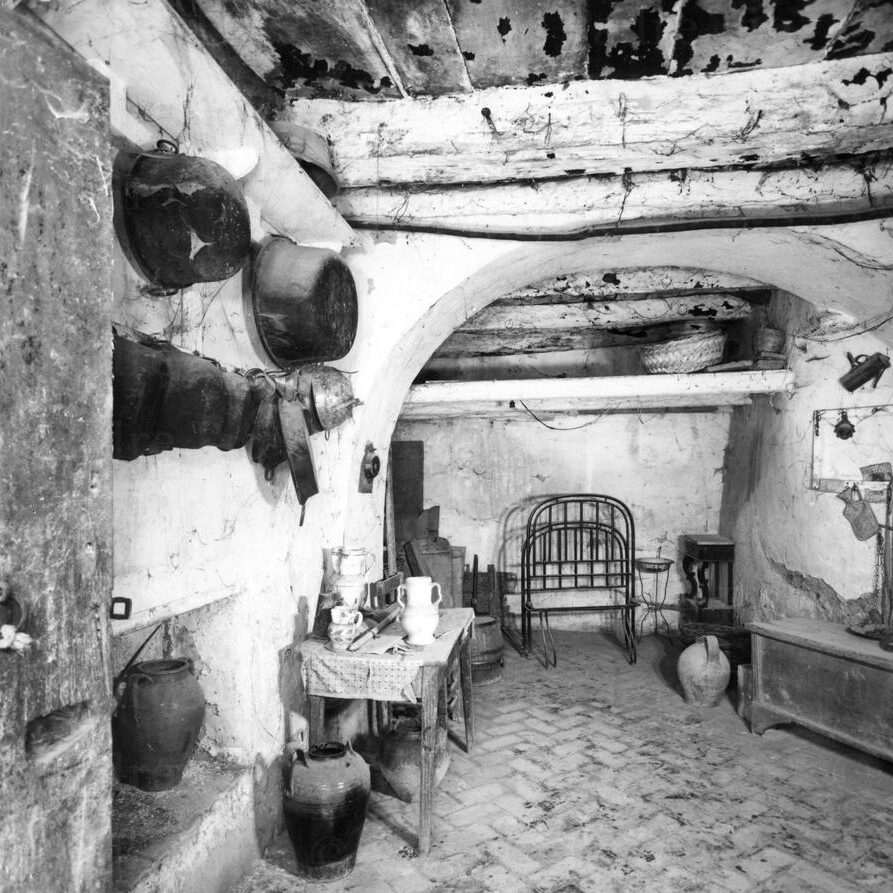
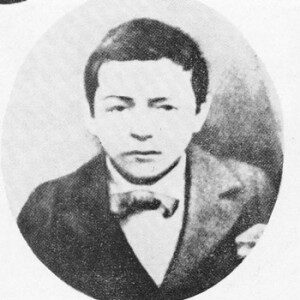
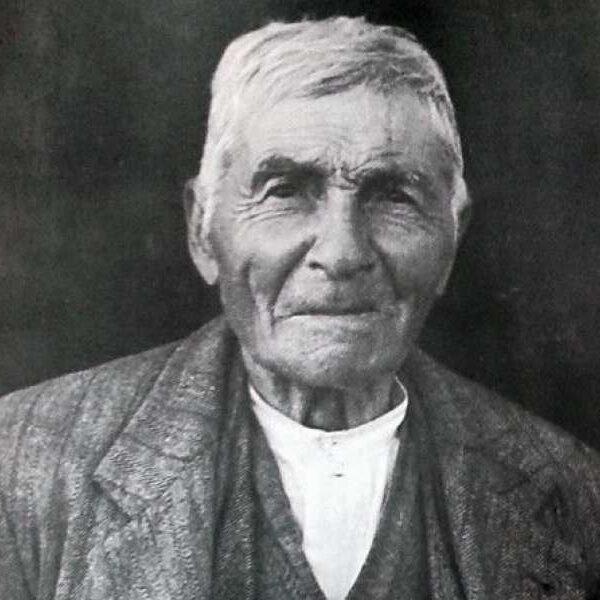
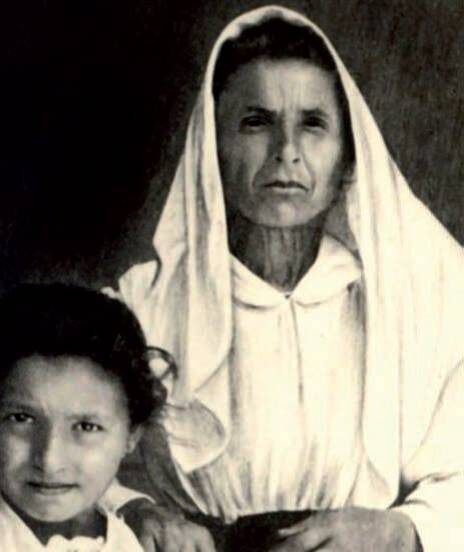
Religious vocation
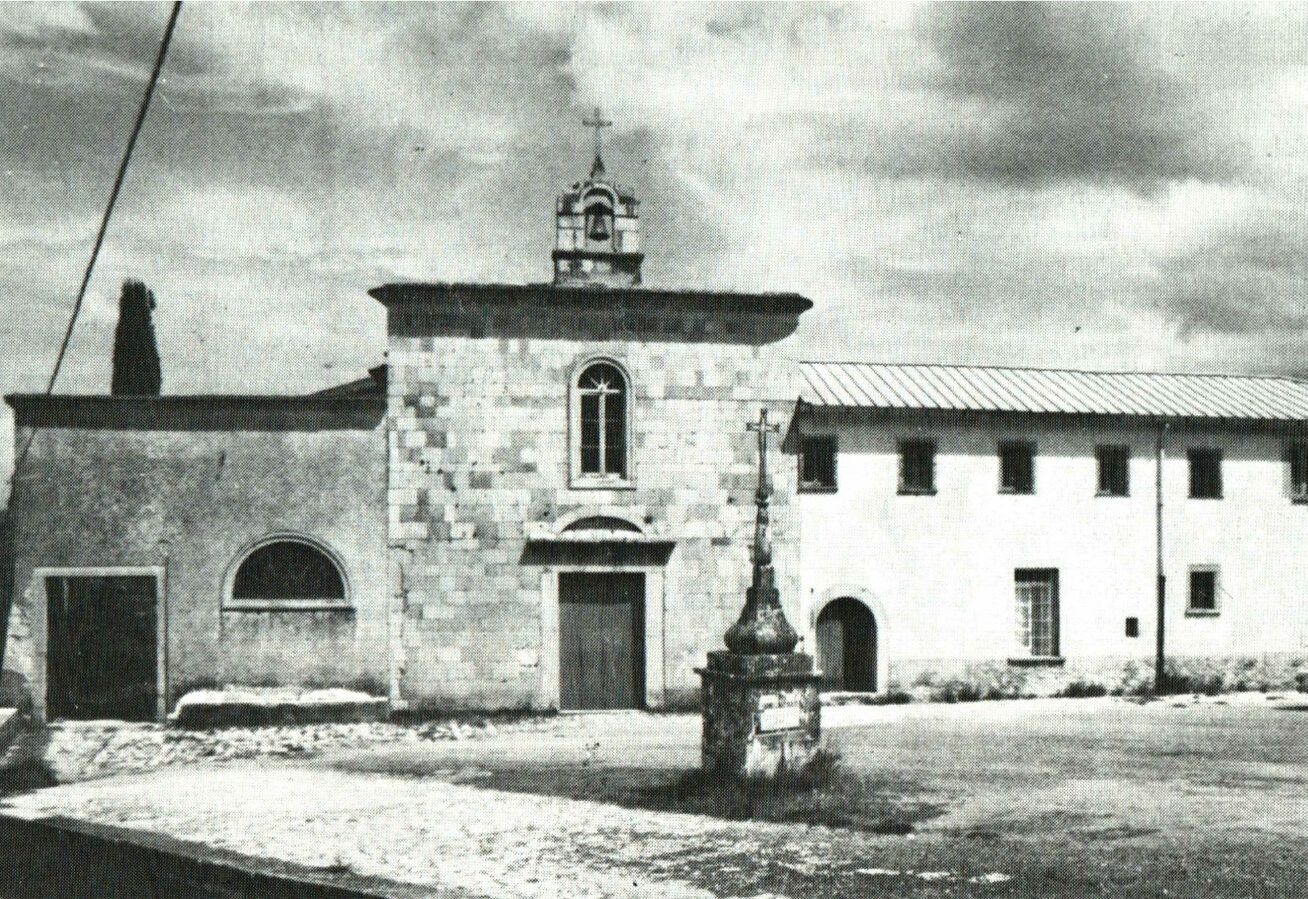
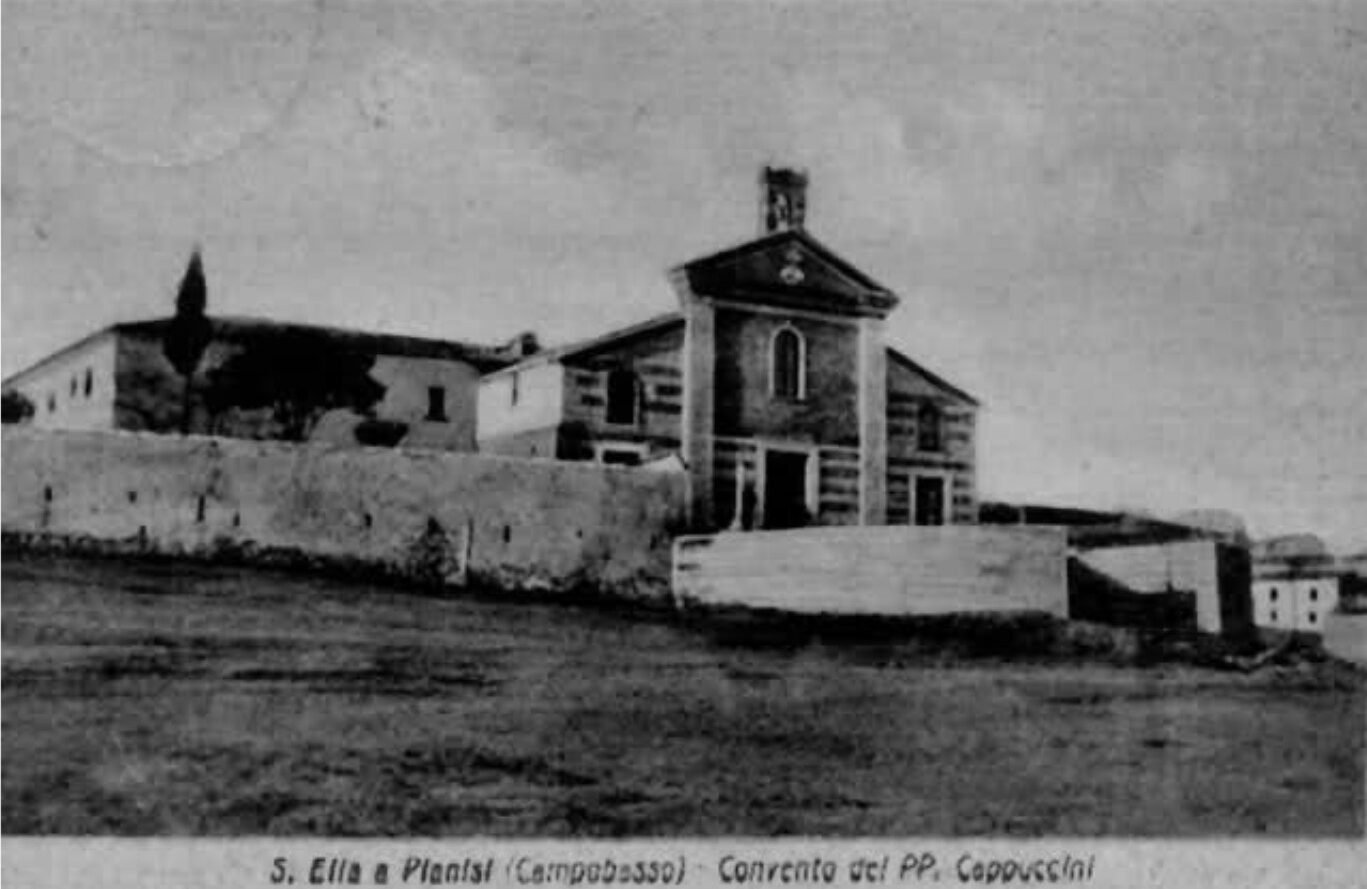
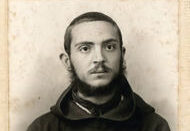
Ecclesiastical studies
Immediately after his profession of simple vows Fra Pio took up the studies necessary for the priestly state: rhetoric at Sant’Elia in Pianisi, philosophy at San Marco la Catala and Sant’Elia in Pianisi theology at Serracapriola, taught by Padre Agostino of San Marco in Lamis, and later at Montefusco and Gesualdo. Nothing new was noted in his interior life at that time but as he himself says later, divine charisms were not lacking. On 10 October 1915 he wrote to his director:
“Your first question is that you want to know when Jesus began to favour his poor creature with heavenly visions. If I am not mistaken, these must have begun not long after the novitiate.”
Holy Orders
In his second year of theology, Fra Pio received minor orders (19 December 1908) and the sub-diaconate (21 December 1908) in Benevento. He was ordained deacon in the friary church of Marcone on 18 July 1909 and received priestly ordination in the canons’ chapel in Benevento cathedral on 10 August 1910. He celebrated his first high Mass in Pietrelcina on the 14th of the same month.
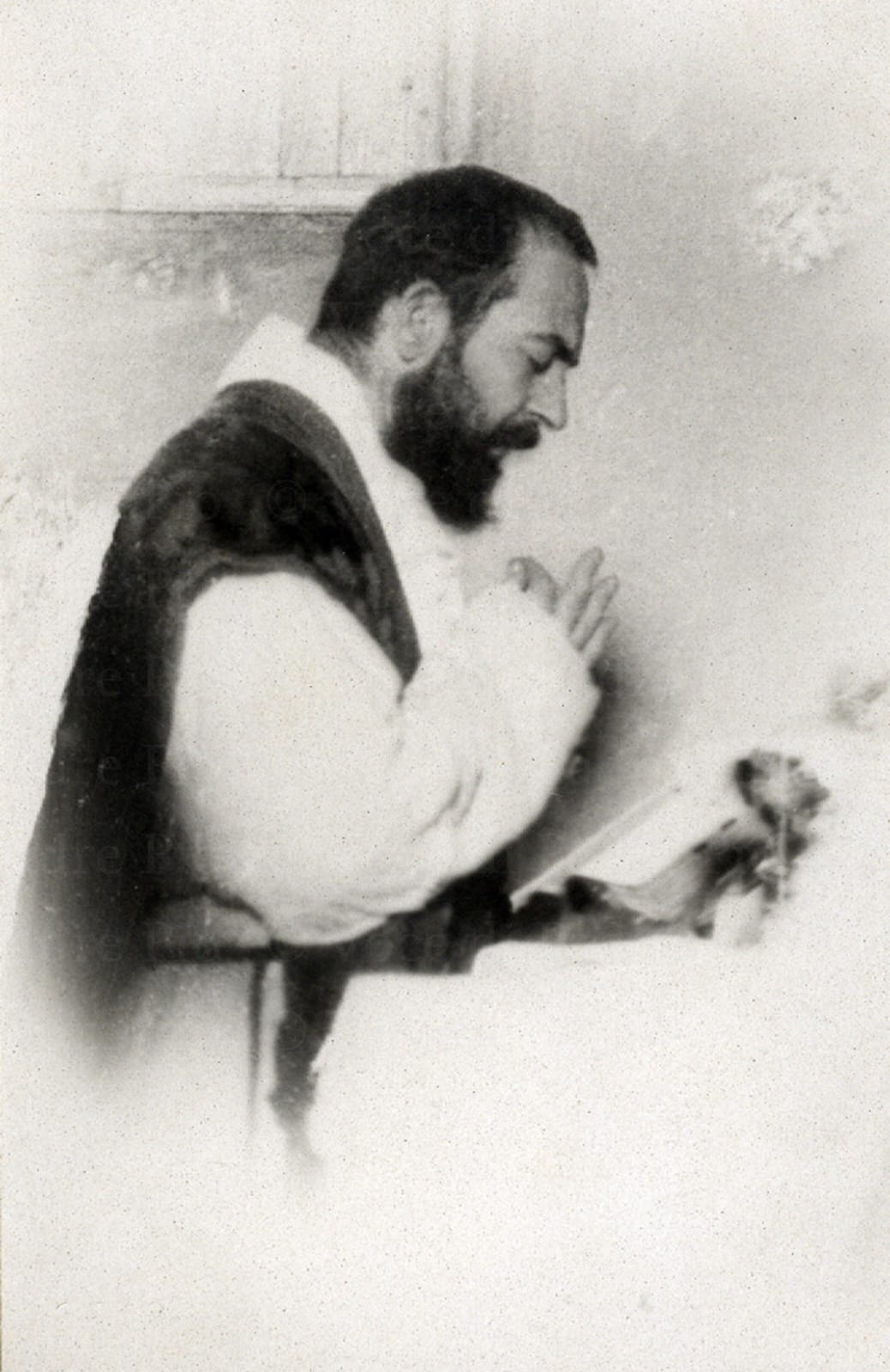
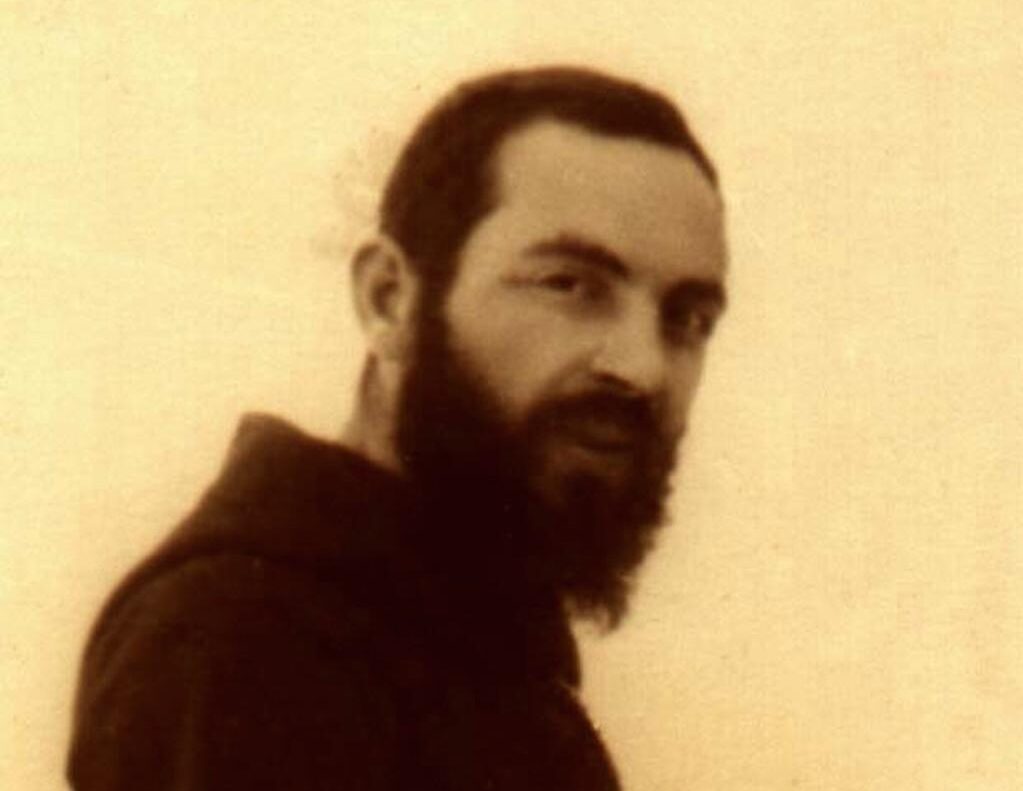
Residence in Pietrelcina
Ill-health obliged Fra Pio to interrupt the regular course of his studies. In the hope that the change of air would help to restore his health, the doctors and his superiors sent him to his native village about the middle of May 1909. Here, with the exception of a few brief intervals, he remained until 17 February 1916, struggling continually and vainly against the mysterious illness which racked his frail body. This was a time of intense interior life and of persevering ascent by the arduous paths of the spiritual journey as is abundantly illustrated in the first part of the letters.
Towards the middle of October 1911, after an examination by the well-known doctor, Antonio Cardarelli, Padre Pio was accompanied by the Provincial, Padre Benedetto of San Marco in Lamis, to the friary of Venafro (province of Campobasso), in which community he was to remain. But his illness took an alarming turn for the worse and, in order to avert imminent disaster, he was brought back to Pietrelcina on 7 December. Next day, to everyone’s astonishment, he said Mass in the parish church “as if he had not been ill at all.”
The words in inverted commas were pronounced by Padre Agostino, who has left us the following notes on Padre Pio’s brief stay at Venafro:
”The Father Guardian at that time, Padre Evangelista of San Marco in Lamis, accompanied him to Naples for a medical examination. The doctors understood very little. At Venafro in November 1911 Padre Evangelista and myself became aware of the first supernatural phenomena. I assisted at several ecstasies and many diabolical molestations. I wrote down at the time all that I heard him say during the ecstasies and the manner in which the devil molested him[ … ]. While he remained at Venafro he lived on the Eucharist alone, both when he celebrated Mass himself and when he received Holy Communion but was unable to say Mass”.
Padre Benedetto, his Provincial, viewed with disfavour Padre Pio’s prolonged stay in his own home and for Padre Pio this gave rise to unpleasantness and severe suffering. But since his return to community life was not possible, the Provincial obtained for him on 5 March 1915 a rescript from the Holy See which authorized him to remain “outside the friary in order to take care of his health, as this was the only means which afforded hope for his recovery”.
He was to continue to wear the Capuchin habit and remain under obedience to the Provincial Superior. The outbreak of World War I in 1914 threw the Capuchin province of Foggia, like all other Italian provinces of the Order, into great confusion, as many of the friars were called up for military service. Padre Pio also reported to the recruiting office in Benevento on 6 November 1915 to fulfil his duty as a citizen and, on 6 December, was assigned to the 10th Medical Corps in Naples. But by the 18th of that month he was already at home on convalescent leave for a year. Meanwhile his superiors were bringing increasing pressure to bear on him to make him return to community life. A devout lady in Foggia, Raffaelina Cerase, asked for him to come to that city to assist her in a serious and alarming illness. This request afforded the Provincial Superior the chance to send Padre Pio a letter of obedience, but without revealing all the circumstances.
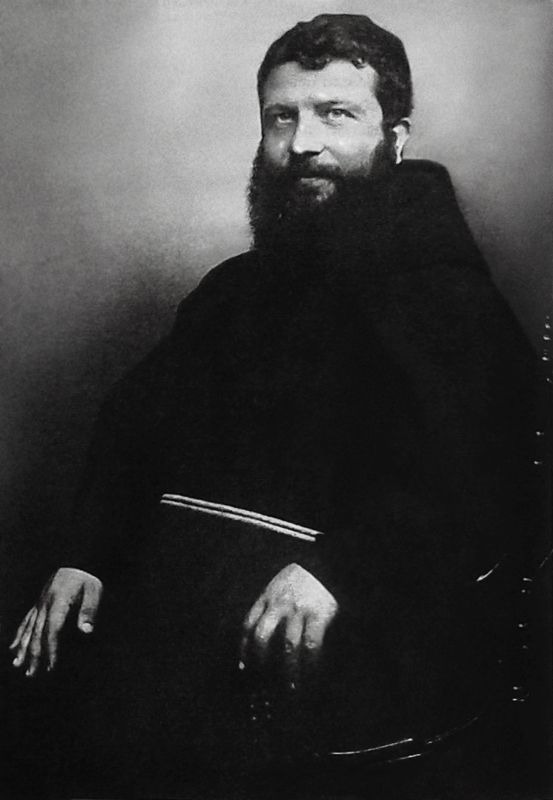
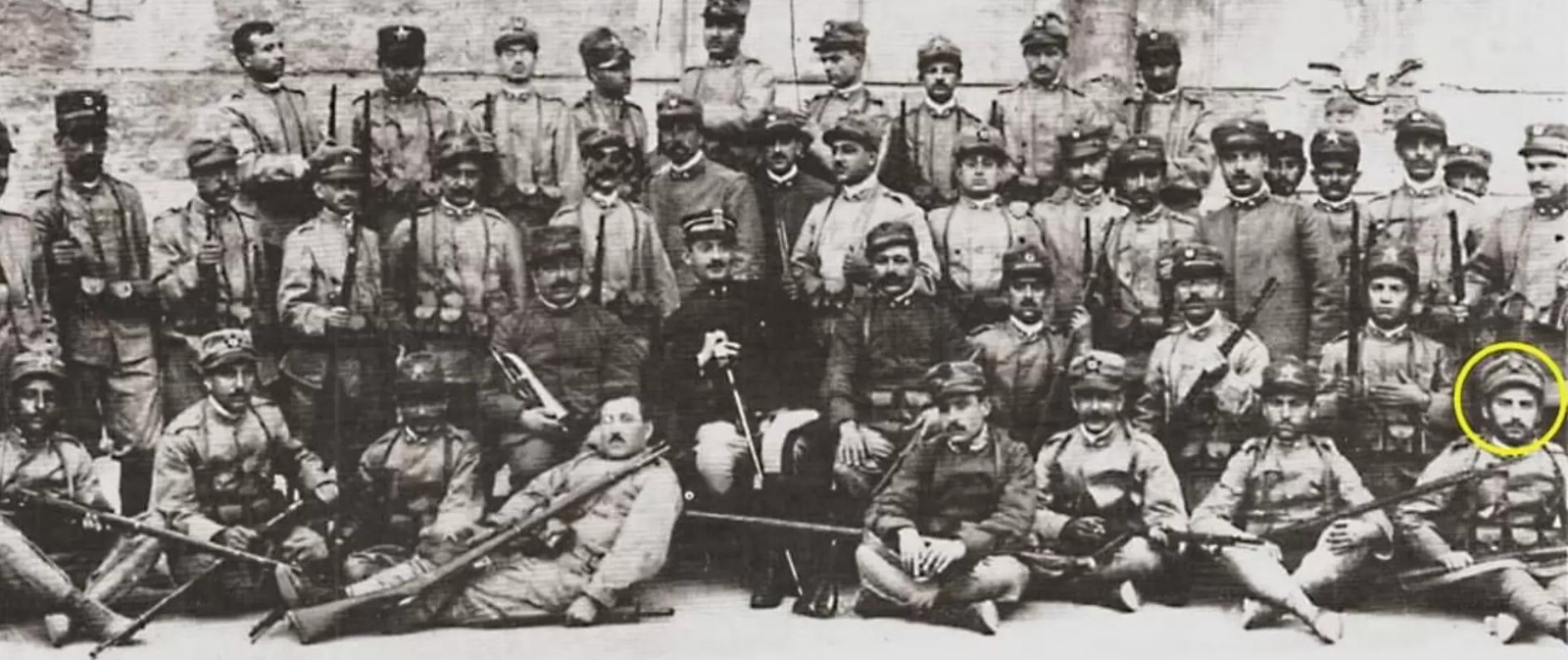
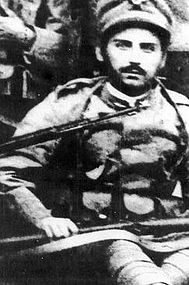
From Foggia to
San Giovanni Rotondo
The pious desire of this lady, Raffaelina Cerase, was the lawful pretext for his superiors to recall Padre Pio and keep him in community life for good. Thus, on the afternoon of 17 February 1916, having left Pietrelcina that morning, he arrived at the Friary of Sant’Anna in Foggia and became a regular member of this community.
Next day he visited the sick lady for the first time (she died on 25 March) and from that moment a new and fruitful stage of his ministry began.
The city air, however, was obviously unsuited to his poor health.
On 28 July he went up to stay for a few days at the nearby friary in San Giovanni Rotondo where the climate proved more suitable. Early in September, therefore, Padre Benedetto, the Provincial, allowed him to transfer temporarily to that friary and the “temporary” transfer became permanent. Here Padre Pio was to remain until his death, a period of fifty-two years.

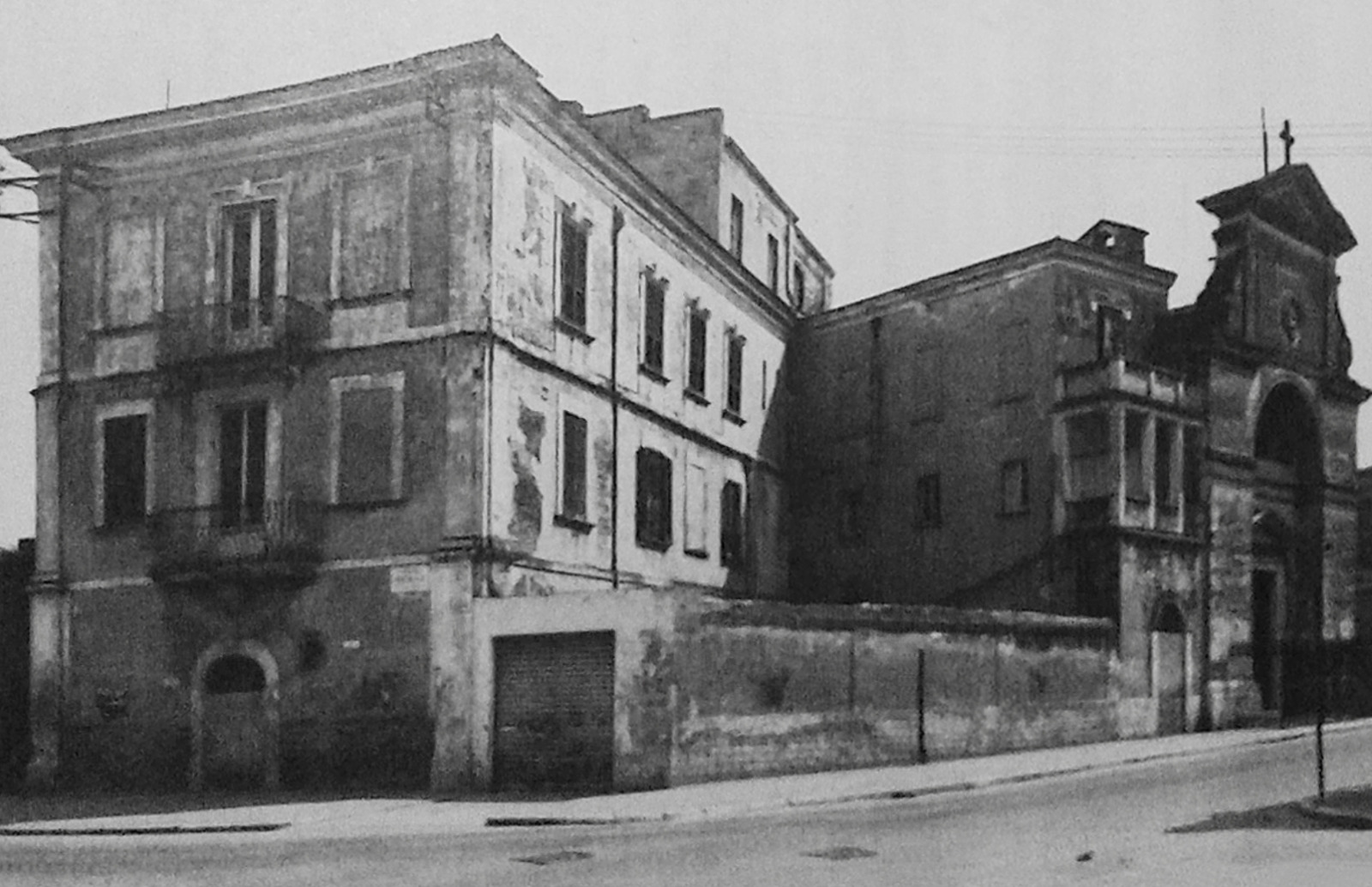
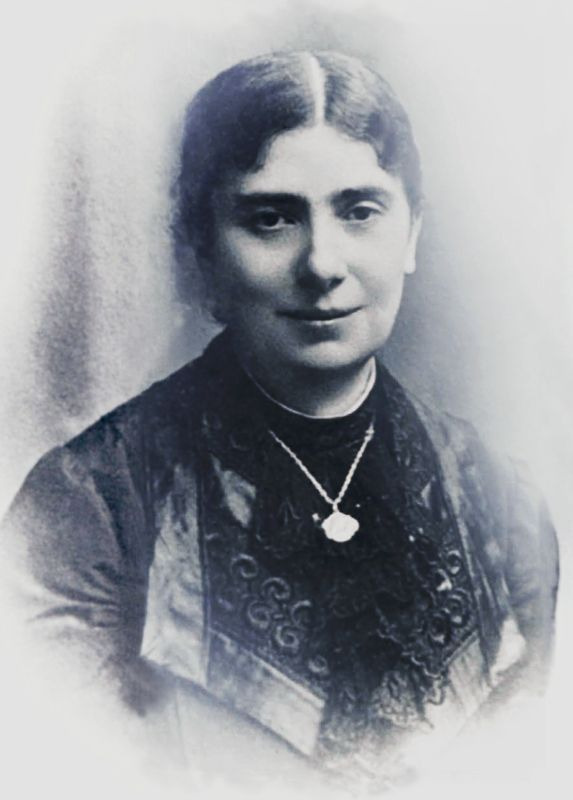
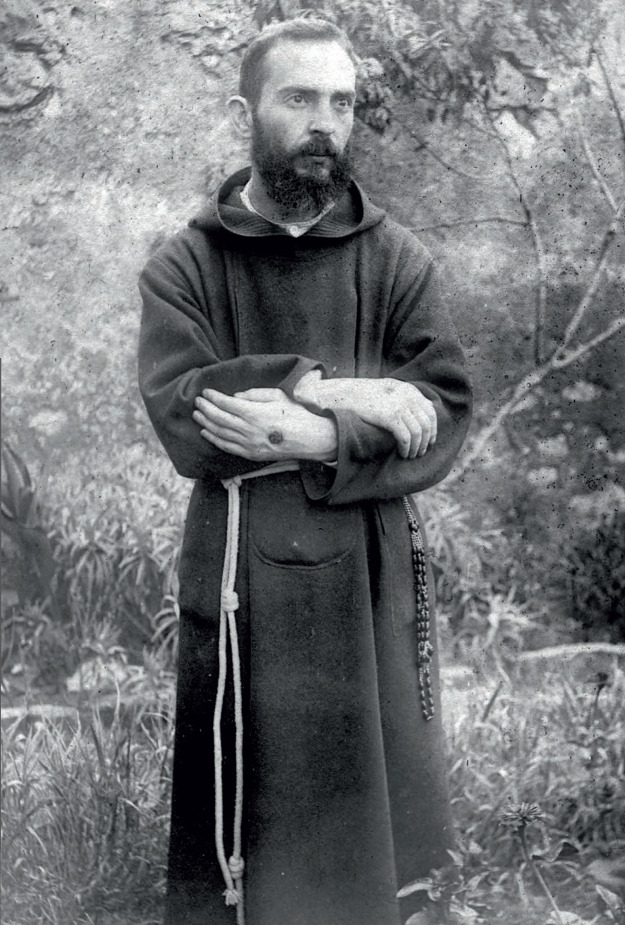
The stigmatization
Crowds flock, to the spot
Padre Pio’s life during this long period of six years (1916-1922) was marked, not by the external facts just related but by his spiritual progress, with which we shall deal in a later chapter of this introduction. We mention here just a few mystical phenomena which serve to explain the other events.
On 30 May 1918 Padre Pio received one of the more noteworthy “substantial touches”, the “wound of love”, which produced marvellous effects. On 5-7 August of the same year the mystical phenomenon known as transfixion or transverberation of the heart took place, a prelude, we may say, to the prodigy of the stigmata which occurred a little over a month later (20 September) and which marked a decisive turn in his life.
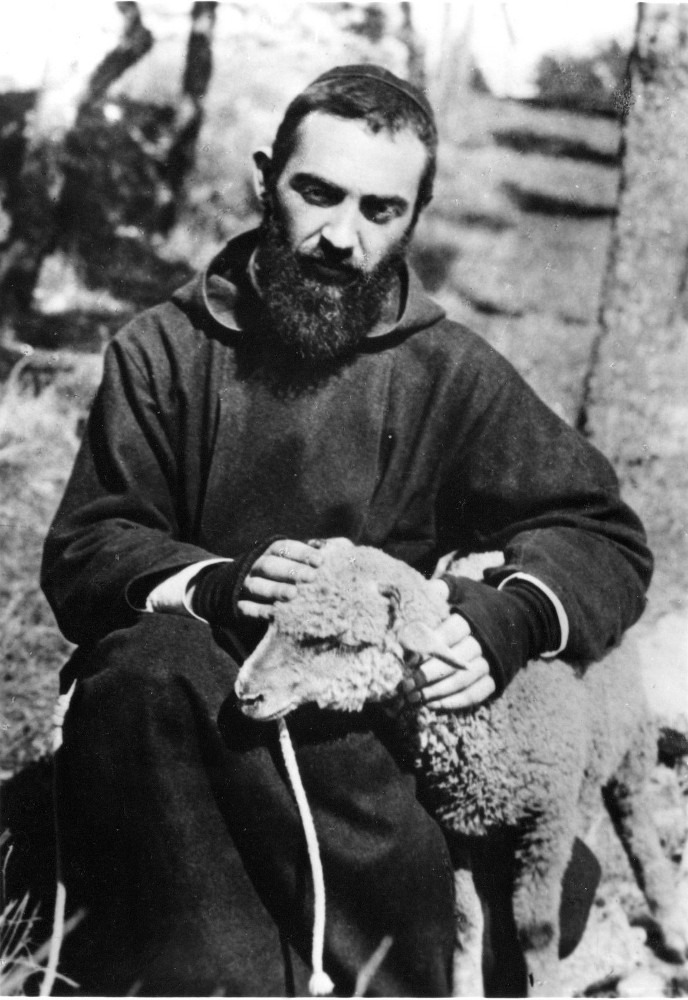
Despite the prudent and strict reserve maintained by Padre Pio and his superiors, this fact could not be hidden and it gradually became public property. We know the enormous effects of prodigies of this nature on the faithful. Hence, at first almost secretly in the surrounding towns, then in places further afield and even quite far away, with a great hubbub – especially when the event reached the newspapers – countless crowds began to flock to the remote Capuchin friary. This was the beginning of a manifold and most effective priestly ministry.
The stigmatization not only stirred up devotion among the people but also aroused the curiosity of scientists. In particular, it attracted the attention and concern of the competent authorities. In the middle of May 1919 Dr. Luigi Romanelli, topranking physician of the civilian hospital in Barletta, was sent to San Giovanni Rotondo by the Provincial, Padre Benedetto, to examine the extraordinary event from a scientific point of view. Two months later, on 26 July, it was the turn of Prof. Amico Bignami, professor of pathology at Rome University who, on behalf of the Roman ecclesiastical authorities, repeated the examination for a week. In the same year 1919 a third examination was carried out by Dr. Giorgio Festa, on 9 October. This doctor had been sent expressly to San Giovanni RotondO’ by the Capuchin Superior General. On 15 July of the following year Dr. Festa repeated the examination, this time together with Dr. Luigi Romanelli.
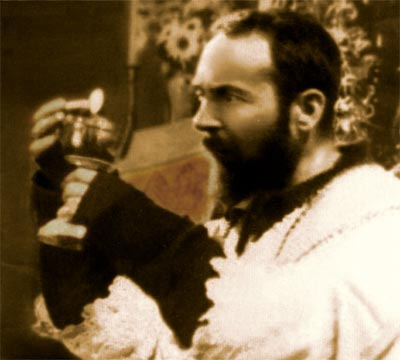
Obviously the opinions and conclusion of the scientist and the press could not agree as to the origin and nature of the stigmata. Nevertheless, esteem and veneration for the “stigmatized friar of Mount Gargano” increased as the days passed. Cardinal Pietro Gasparri, Secretary of State to His Holiness the Pope, in a letter of 19 November 1919 recommended a number of persons to Padre Pio and was happy to learn that he would pray “for the Holy Father and for me, who have great need of these prayers” (cf. Letter 579).
On 24 March 1920 the Archbishop of Simla, Most Rev. E.E.J. Kenealy, went to San Giovanni Rotondo. His visit produced wide echoes in the English Press. On 28 May of the same year came Mgr. Bonaventura Cerretti (later a cardinal), titular Archbishop of Corinth and Secretary for Extraordinary Ecclesiastical Affairs at the Vatican.
On behalf of Pope Benedict XV, in July of that year, the Procurator General of the Passionist Fathers, Father Luigi Besi, arrived along with the well-known doctor. Professor Bastianelli. The Holy Father said at the time that Padre Pio was one of those extraordinary men whom God sends from time to time for the conversion of men. On 25 October 1921 came the visit of Cardinal Sili, Prefect of the Supreme Tribunal of the Segnatura and Apostolic Delegate at the Shrine of Pompei. The Cardinal was accompanied by Monsignor Giuseppe De Angelis of the same apostolic delegation.
End of spiritual direction
by Padre Benedetto
Meanwhile, towards the end of 1921, someone had circulated the rumour that Padre Pio was likely to be transferred and the inhabitants of San Giovanni Rotondo had risen up in threatening fashion. On the other hand, the daily newspapers, not always truthful, helped to swell the numbers who flocked to the spot in increasingly unruly throngs.
Even though the great majority of the visitors were devout, calm and animated by sincere faith, there were also acts of fanaticism and imprudent behaviour by some who were drawn there by mere curiosity. In order to prevent abuses and clarify the situation which had been created around the friary in San Giovanni Rotondo, the Holy Office intervened and communicated to the Superior General of the Order some regulations which were to be sent to the local Guardian. This document was dated 2 June 1922 and stipulated that Padre Pio was to be “kept under observation”, that “everything of a singular and sensational nature was to be prevented”, that he was not to celebrate Mass at a fixed hour, but at different hours “preferably very early in the morning and privately”, he was “not to bless the people”, “on no account was he·to show the alleged stigmata, to speak of them or allow people to kiss them”. It was also considered advisable that he should have another spiritual director in place of Padre Benedetto of San Marco in Lamis, “with whom he was to cease all communication even by letter.”
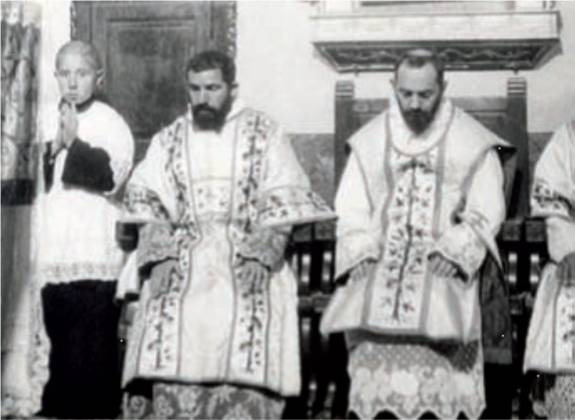
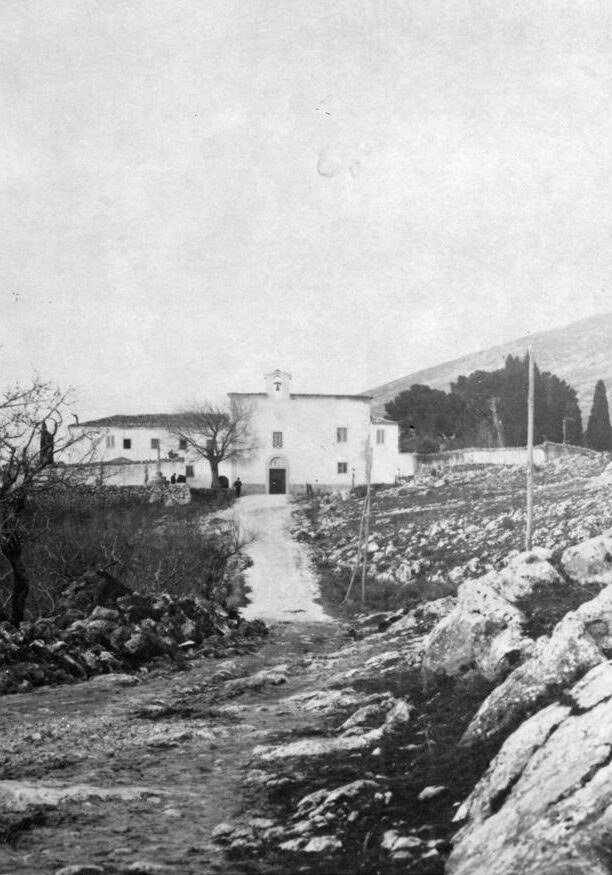
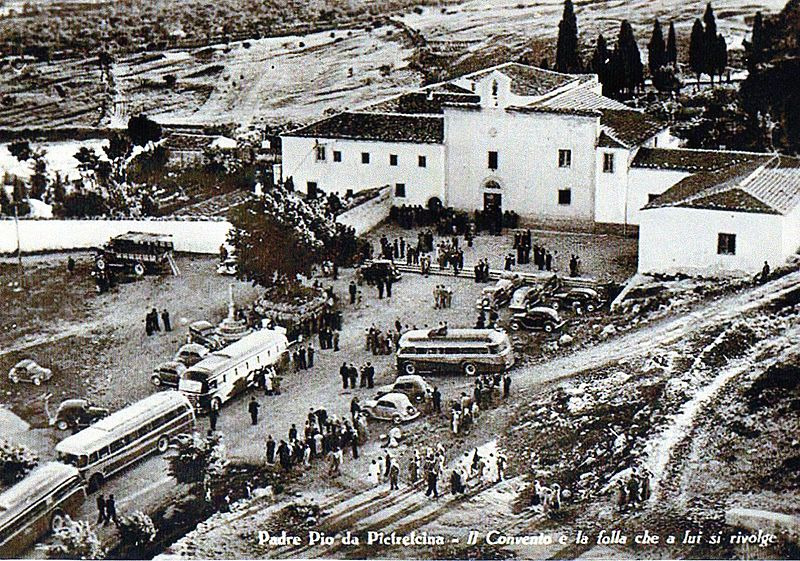
Limitation of pastoral ministry
During the ten years following on this first intervention by Rome, Padre Pio’s life was marked by a number of painful events. As might have been foreseen, the carrying out of the orders received from the superiors was not free from difficulty. Despite the goodwill and sincere desire of those who had to obey, they did not succeed in calming the people who were unwilling to be deprived of Padre Pio’s spiritual assistance and who set themselves up in determined fashion to oppose his possibile transfer elsewhere. It became necessary to yield in the face of certain external factors, although there was no question of disobeying the orders received from those in authority.
On the other hand, repeated admonitions arrived from Rome. In a decree dated 31 May 1923, the Holy Office stated that, after due investigation, “the facts attributed to Padre Pio were not found to be supernatural and the faithful were exhorted to abide by this declaration.” The same exhortation was repeated on 24 July of the following year, 1924, and on 23 April and 11 July 1926.
Padre Pio was ordered, moreover, not to celebrate Mass in public, but privately in a chapel inside the friary with nobody present from outside the community. He acted thus on 25 June 1923, but the following day his superiors had him go down once more to celebrate Mass in the public church, because of the dangerous reaction of the local people.
The situation became more complicated by reason of the external factors already mentioned and in 1927, from 26 March to 5 April, Monsignor Felice Bevilacqua of the Roman Vicariate carried out an apostolic visitation in San Giovanni Rotondo. A similar visitation was made in July of the following year, this time by Monsignor Bruno from the Congregation of the Council. Finally, on 23 May 1931, the Holy Office entrusted the Father General of the Capuchins with the task of applying the decree which had been approved on 13 May, namely, that “Padre Pio was to be deprived of all his priestly faculties with the exception of Mass, which he was allowed to celebrate only in private in the internal chapel of the friary”. From 25 May 1931 the friary of San Giovanni Rotondo passed under the direct jurisdiction of the Superior General.
During this painful period, despite the uproar which had arisen around him, Padre Pio persevered in solitude, prayer and suffering, submitting at all times with great confidence to the will of his immediate and higher superiors although this was for him a source of deep suffering.
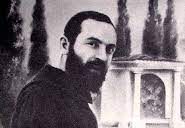
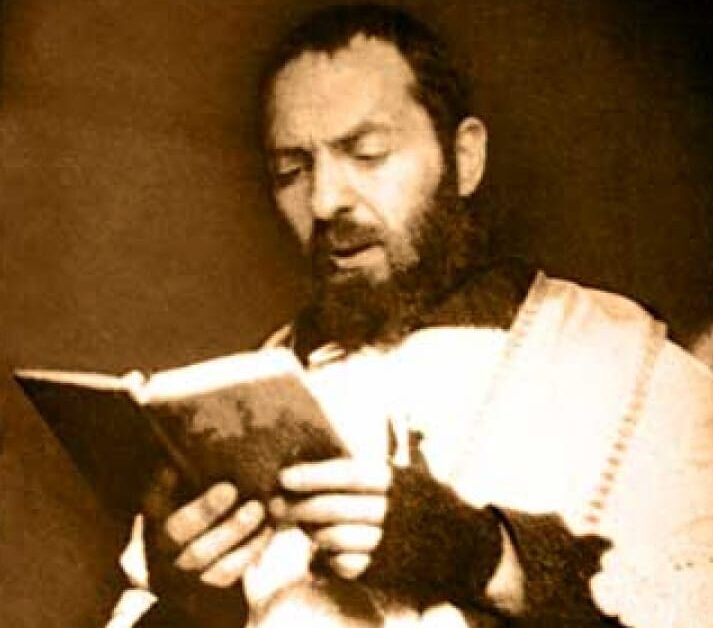
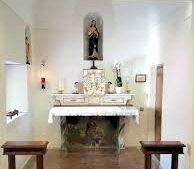
Resumption of priestly ministry
On 16 July 1933 Padre Pio again celebrated Mass in public. From 1934 he resumed the hearing of lay people’s confessions, first the men’s confessions (25 March) and then those of the women (12 May). At last, after more than ten years, his life resumed its normal course.
At the end of World War II the crowds that flocked to him grew bigger and bigger. From 7 January 1950, in order to avoid difficulties arising from the tumultuous throngs, the system of “booking” for confession to Padre Pio was introduced.
The little friary church had become unsuitable and inadequate for the needs of divine worship, due to Padre Pio’s presence and activity. Plans were made to extend it, but this idea was abandoned later in favour of a project for a large new church. The latter was solemnly consecrated by Mgr. Paolo Carta, Bishop of Foggia on 1 July 1959 and on the following day Cardinal Tedeschini crowned the image of Our Lady in the church. Padre Pio had previously said Mass many times in the open air in the square in front of the friary in order to cater to the needs of the faithful.
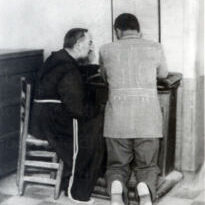
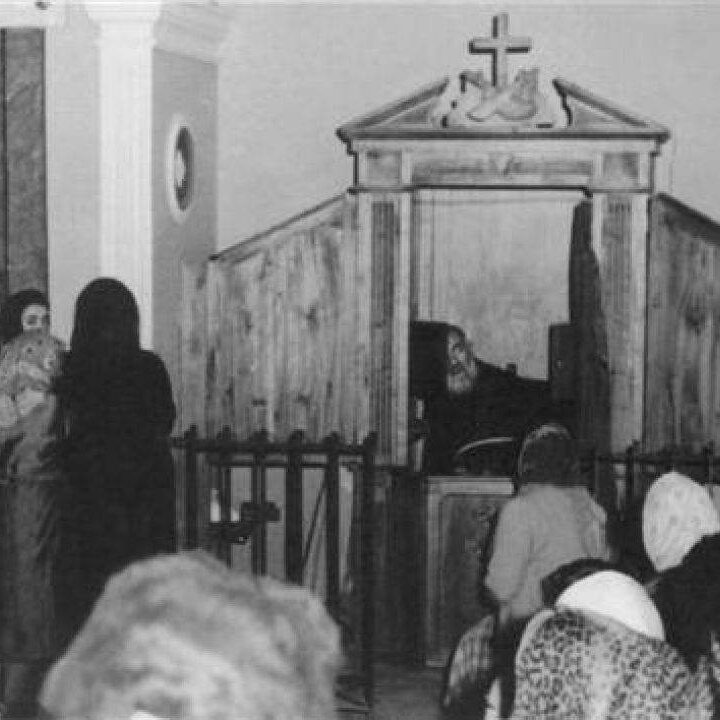
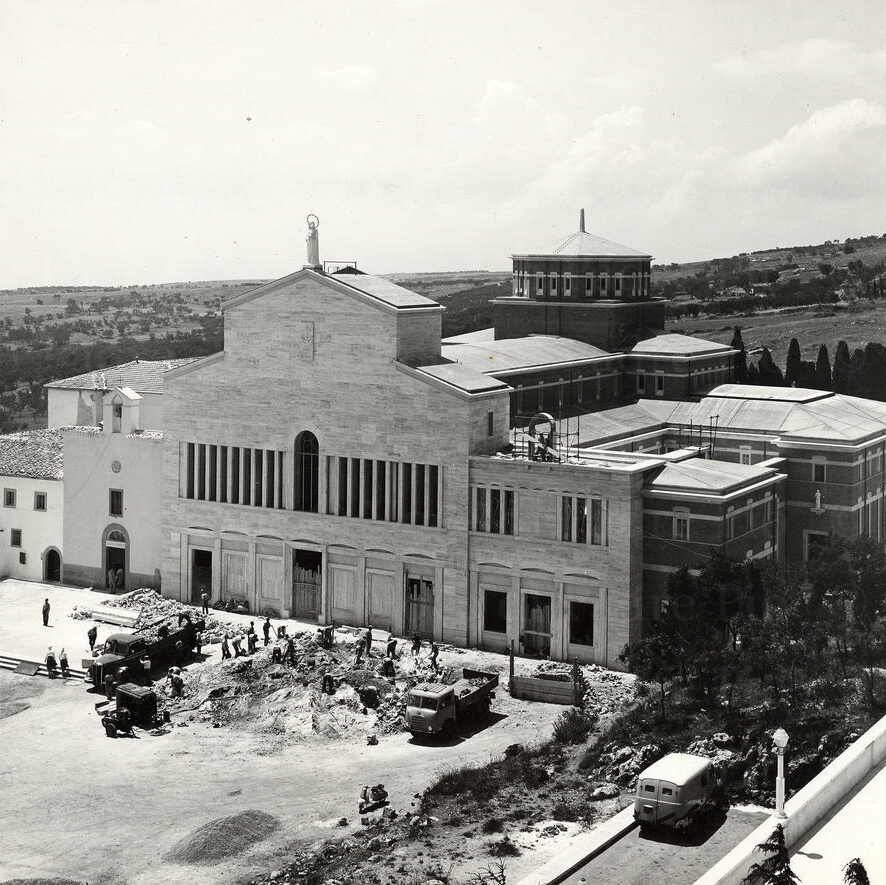
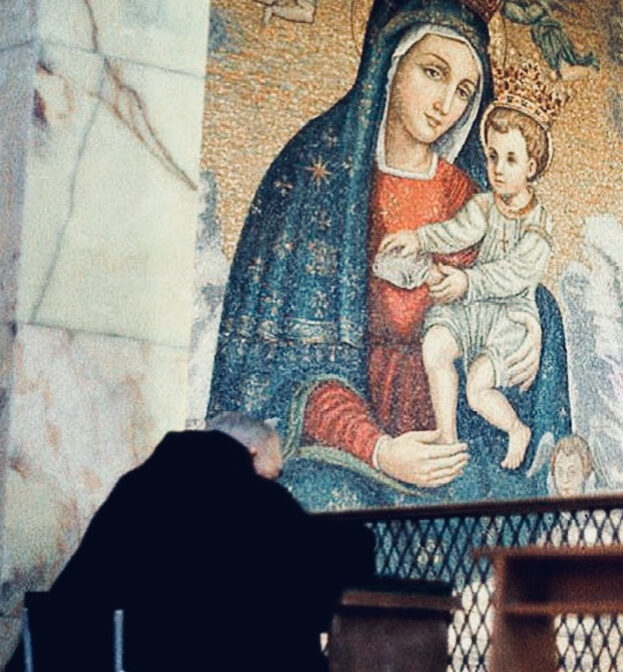
Joyful celebrations
The number of his friends and admirers could no longer be counted and for the various joyful events of his religious and priestly life his spiritual children gathered around him. On 10 August 1935, without any external ceremony but with a large participation of the faithful and a great many Holy Communions, Padre Pio celebrated the 25th anniversary of his priestly ordination.
On 22 January 1953, for the 50th anniversary of his religious investiture, the Superior General of the Order, Father Benigno of S. Ilario Milanese, came to San Giovanni Rotondo.
On 10 August 1960, the 50th anniversary of his priesthood was commemorated with great demonstrations of affection, and similarly on 22 January 1963 the 60th anniversary of his entry into religious life. On 6 June 1964 he was awarded the “Gold Star”, a medal conferred by the Italian Broadcasting Corporation on persons who have distinguished themselves in the service of the sick.
Two years later, on 3 May 1966, the 10th anniversary of the “Casa Sollievo della Sofferenza” (Home for the Relief of Suffering) was celebrated by an international meeting of the “Prayer Groups.”
The twenty-sixth of December in the same year was an occasion for great demonstrations of jubilation on the 50th anniversary of Padre Pio’s residence in San Giovanni Rotondo.
For his 80th birthday, 25 May 196 7, there was an imposing assembly of the “Prayer Groups” from all parts.
Finally, on 20 September 1968, in the presence of an immense throng, the 50th anniversary of his stigmatization was commemorated. On this occasion his innumerable spiritual children and affectionate devotees took leave of their spiritual father in public.




In the crucible of suffering
Side by side with these and other joyful events, we must also recall some others which were less happy, even painful and sad. From the end of World War II, the numbers who flocked to San Giovanni Rotondo increased steadily, opening up an increasingly vast field for Padre Pio’s beneficent work. At times, however, the demonstrations on the part of crowds who thronged the square and the church itself were noisy and disorderly, while news items, spread without a due sense of responsibility, gave rise to misunderstandings, ambiguity and mistaken interpretations, which produced unpleasant repercussions and were the cause of suffering and sorrow.
On 31 December 1951, two prelates from the Holy Office, Monsignor Caronti and Monsignor Pepe, arrived in San Giovanni Rotondo, but did not take any decision. On 16 January 1952, a Visitator was sent by the Superior General of the Order. On 3 August of that year, the Osservatore Romano carried a decree of the Holy Office condemning several books on Padre Pio which had been published without the necessary revision and permission of ecclesiastical authority. Although it was expressly stated that this declaration implied neither a condemnation of Padre Pio nor of the authors of the books themselves, the condemnation of the books tended to irritate people and to create an atmosphere of diffidence.
On 21 December 1954 a rumour began to circulate to the effect that Padre Pio’s superiors intended to transfer him from San Giovanni Rotondo and this stirred up the people of the town.
From 30 July to 17 September 1960 Mgr. Carlo Maccari carried out an apostolic visitation which was widely publicized by the press.



Two fine projects
On fire with love for God and men, Padre Pio conceived and carried out two projects which were two different expressions of his love: a vertical expression towards God in the form of the “Prayer Groups” and a horizontal one directed towards his fellowmen which took the form of a hospital known as the “Home for the Relief of Suffering.”
It has not been possible to ascertain exactly how long Padre Pio cherished this idea for the benefit of suffering humanity, for the alleviation of the sick in soul and body. On 9 January 1940 he revealed to Drs. Mario Sanvico and Carlo Kiswarday his idea concerning the building of a hospital and, when some considerable difficulties had been overcome, work began on the “Casa Sollievo della Sofferenza” on 19 May 1947. The building was blessed on 5 May 1956 by Cardinal Giacomo Lercaro in the presence of over 15,000 people.
In a brief address on 5 May of the following year Padre Pio himself described the aims and object of this hospital, which was considered by that time one of the best equipped in Europe. It was to bring relief to soul and body, to be a temple of prayer and of science. “This work”, said Padre Pio, “is encouraged and pursued as a practical call to the love of God through its charitable appeal.”
The movement for community prayer arose as an answer to the repeated appeals of Pope Pius XII while World War II was raging. After pondering on the matter for a long time, Padre Pio himself outlined the character of this movement in an address delivered on 5 May 1966: it was to create everywhere “nurseries of faith, furnaces of love, in which Christ himself is present each time the members meet for prayer and the Eucharistic agape.” This was a small evangelical seed which soon grew into a leafy tree laden with fruit. The numbers speak eloquently: by 20 September 1968, 726 groups had been organized and were active in twenty different countries, with a total membership of 68,000.
Steady decline in healt
The last ten years of Padre Pio’s life were marked by frequent relapses which increasingly weakened his system already undermined by physical and moral sufferings. The faithful were alarmed when he failed to appear to say Mass in the mornings. From 25 April to 8 August 1959 he almost invariably said Mass in an internal chapel. However, each day he delivered a brief spiritual exhortation through a microphone to the faithful assembled in the church square for the recitation of the Angelus. On the afternoon of 7 August, by a grace attributed to Our Lady of Fatima, he regained his health.
In March 1965 disturbing rumours began to circulate once more concerning his condition. In the three months September, October, November 1966, despite the assistance of the best specialists, the progress of the maladies which afflicted him gave rise to grave anxiety. The situation grew worse in January 1968. It was now very difficult for him to walk, and he began to use a wheelchair to move from place to place in the fulfilment of his apostolate. On 7 July he had a serious collapse and preferred to remain alone in continual prayer.
His peaceful passing
In September 1968 thousands of Padre Pio’s devotees and admirers came together for a meeting in San Giovanni Rotondo to commemorate the 50th anniversary of his stigmatization and for the fourth international meeting of the Prayer Groups. He felt really ill and very weak. On the 21st he was unable to say Mass. On the 22nd, however, he celebrated the Missa Cantata at the usual hour, five o’clock in the morning, but was reduced to extreme weakness and collapsed once more. Very regretfully he was obliged to give up hearing confessions. At 6 p.m. he was able to come out to bless the crowd. This was his last public blessing. At 2.30 a.m. on 23 September he passed peacefully away.
His holy death made headlines all over the world on the news media. From that moment began the devout and uninterrupted pilgrimage of the crowds. On 23 November 1969 Mgr. Antonio Cunial, Apostolic Administrator of Manfredonia, took the appropriate steps to arrange preliminary investigations for the cause of his beatification and canonization.
In the years following his death, his reputation for sanctity and miracles grew steadily, and became established in the Church, all over the world and among all kinds of people.
God thus showed the Church his desire to glorify on earth his faithful servant. In a short time the Capuchin Order took the steps prescribed by canon law to begin the Cause of Beatification and Canonization. After examining the case, the Holy See, in accordance with the norm of the Motu Proprio “Sanctitas Clarior”, granted the nihil obstat on 29 November 1982. The Archbishop of Manfredonia was thus enabled to introduce the Cause and set up the informative process (1983- 1990). On 7 December 1990, the Congregation for the Causes of Saints recognized its juridical validity. When the Positio had been completed, there was the usual discussion on whether the Servant of God had exercised the virtues to a heroic degree. On 13 June 1997 the Special Meeting of the Theological Consultors was held and gave a positive judgement. In the Ordinary Session on 21 October 1997, with Bishop Andrea Maria Erba of Velletri-Segni, the Proposer of the Cause, together with the Cardinals and Bishops, recognized that Padre Pio da Pietrelcina had lived to a heroic degree the theological, cardinal and associated virtues.
On 18 December 1997, in the presence of Pope John Paul II, the Decree on heroic virtue was promulgated.
For the Beatification of Padre Pio, the Postulation presented to the competent Congregation the healing of Signora Consiglia De Martino of Salerno. The regular canonical process concerning this case was held at the Ecclesiastical Tribunal of the Archdiocese of Salerno-Campagna-Acerno from July 1996 to June 1997 and the case was recognized as valid by a decree dated 26 September 1997. On 30 April 1998 at the Congregation for the Causes of Saints the Medical Board examined the miracle, and on 22 June 1998 the Special Meeting of Theological Consultors gave its judgment. On 20 October 1998 the Ordinary Congregation of the Cardinals and Bishops belonging to the Congregation, together with the Proposer, Bishop Andrea M. Erba, was held in the Vatican. On 21 December 1998 in the presence of Pope John Paul II the Decree on the miracle was promulgated.
Padre Pio was beatified by Pope John Paul II at Mass on May 2nd, 1999. This was held in St. Peter’s Square in Vatican City.
Pope John Paul II celebrated also the canonization of Padre Pio on June 16, 2002. During his homily, Pope John Paul recalled how, in 1947, as a young priest he journeyed from Poland to make his confession to Padre Pio. “Prayer and charity – this is the most concrete synthesis of Padre Pio’s teaching,” the Pope said.










